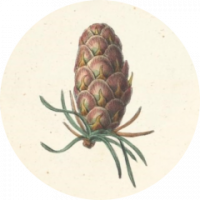Research
I develop my research work in the «History and Dynamics of the Vegetal Landscape» Research Group. My interests focus on the long-term forest dynamics and their relationships with anthropogenic activities and environmental changes.
Most of my investigations deal with the Holocene history of mountain forests in Iberia. I developed my PhD on the palaeoecology of the Central and Cantabrian Ranges (Spain), using woody megafossils. My current research activities include wood anatomy and identification as well as anthracology and dendroecology.
I am currently also interested in the use of tree rings and wood anatomy to assess geomorphological processes. I have mainly worked on the reconstruction of extreme events (floods) and on the estimation of erosion rates through the analysis of exposed roots.
Keywords:
Palaeoecology, macrofossils, fossil wood, charcoal, dendrogeomorphology, pedoanthracology, plant biogeopraphy, dendroecology, Iberian peninsula, cultural landscapes, anthropogenic impacts.

Kilns in Sierra de Gredos (Ávila). In this project, we try to reconstruct past human forest resources from a palaecological perspective. Photo: Vega del Horno, Navalperal de Tormes, March 2021.
Kilns of Sierra de Gredos
The discovery of pitch kilns in the Gredos Mountains presents a unique opportunity to bridge the gaps in our knowledge regarding the history, techniques, and impact of pitch extraction in the western Mediterranean. By conducting an anthracological study, we aim to unravel the intricate relationship between human societies, the environment, and this important industry, ultimately contributing to a more comprehensive understanding of the region’s cultural and economic heritage.
Current fieldwork is allowing us to recognize a great number of structures in Gredos (see map above) that are compatible with old mountain kilns. A preliminar analysis of the charred materials that were recovered from collapsed parts of the structure is showing a major presence of pine as wood fuel. Radiocarbon dating of the first woody samples locate them on medieval periods. These data suggest a still unexplored source of data that may help us to depict the history of these forests to a greater extent
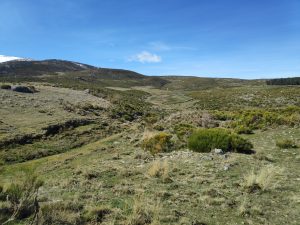
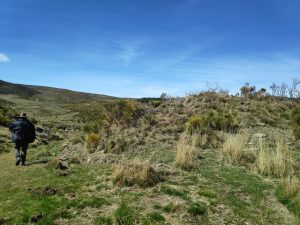
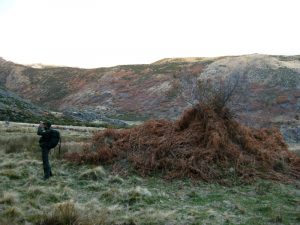
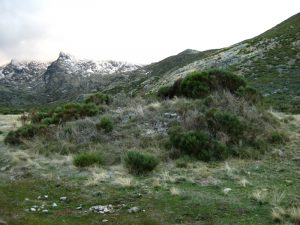
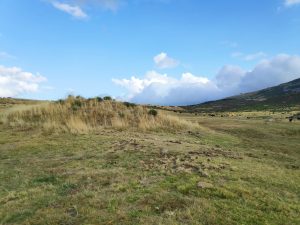
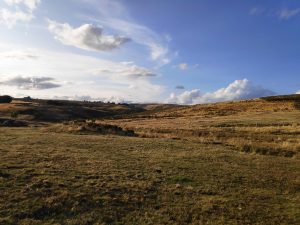

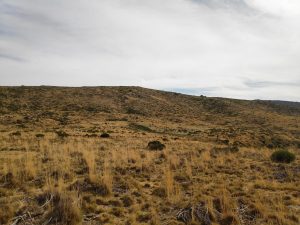
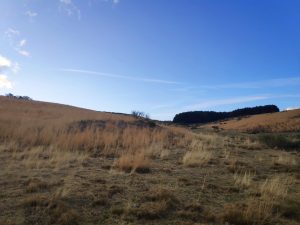
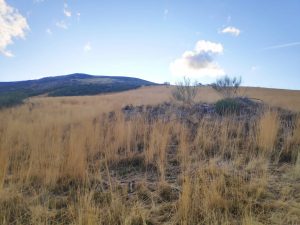
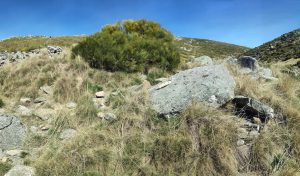
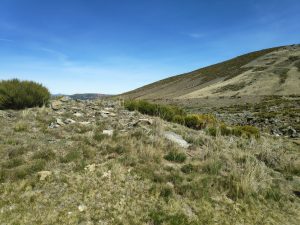
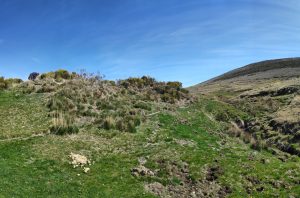
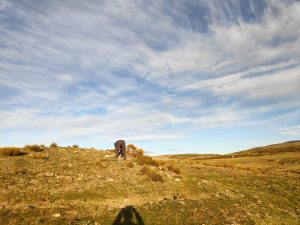
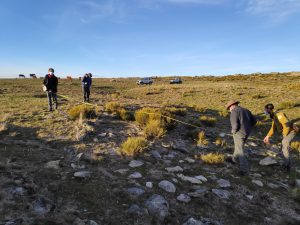
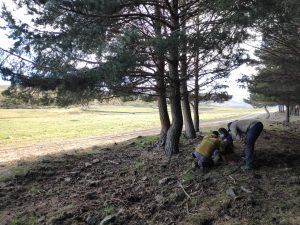
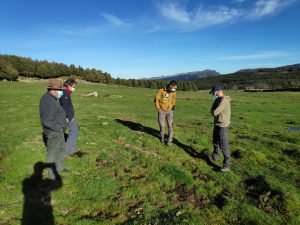
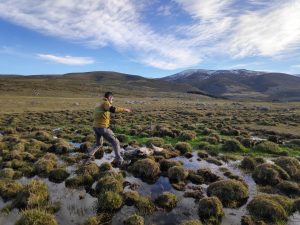
Anthropogenic Impacts and Paleoecological Implications in the Submediterranean Mountains of Iberia (ODISEA)
PID2020-119836GB-I00
This project aims to generate knowledge about the paleoenvironment and the dynamics and adaptation of forests in the central-western Iberian mountains (Central System, Gerês, and Iberian System) to climate changes and anthropogenic pressures over the last 10,000 years. To achieve this, locations of high biogeographical and environmental significance are being studied from a paleobotanical perspective (analysis of micro and macrofossils, growth rings, and soil charcoals).
